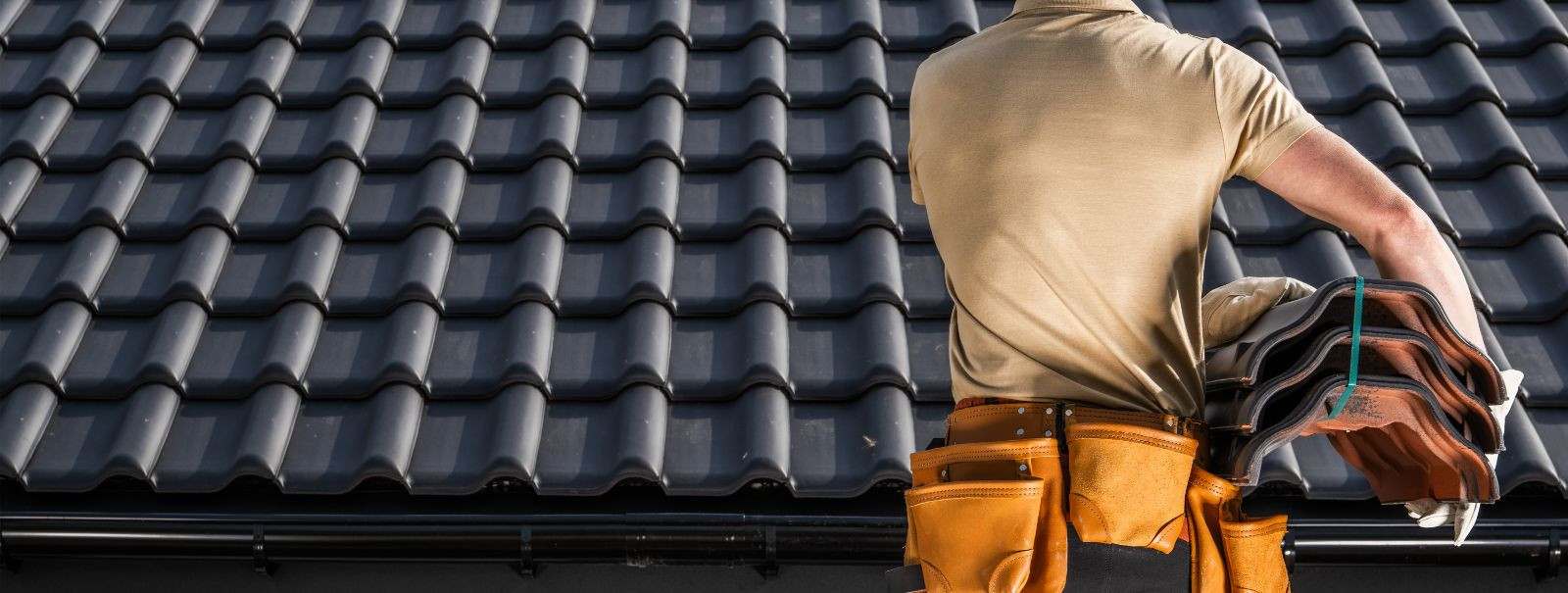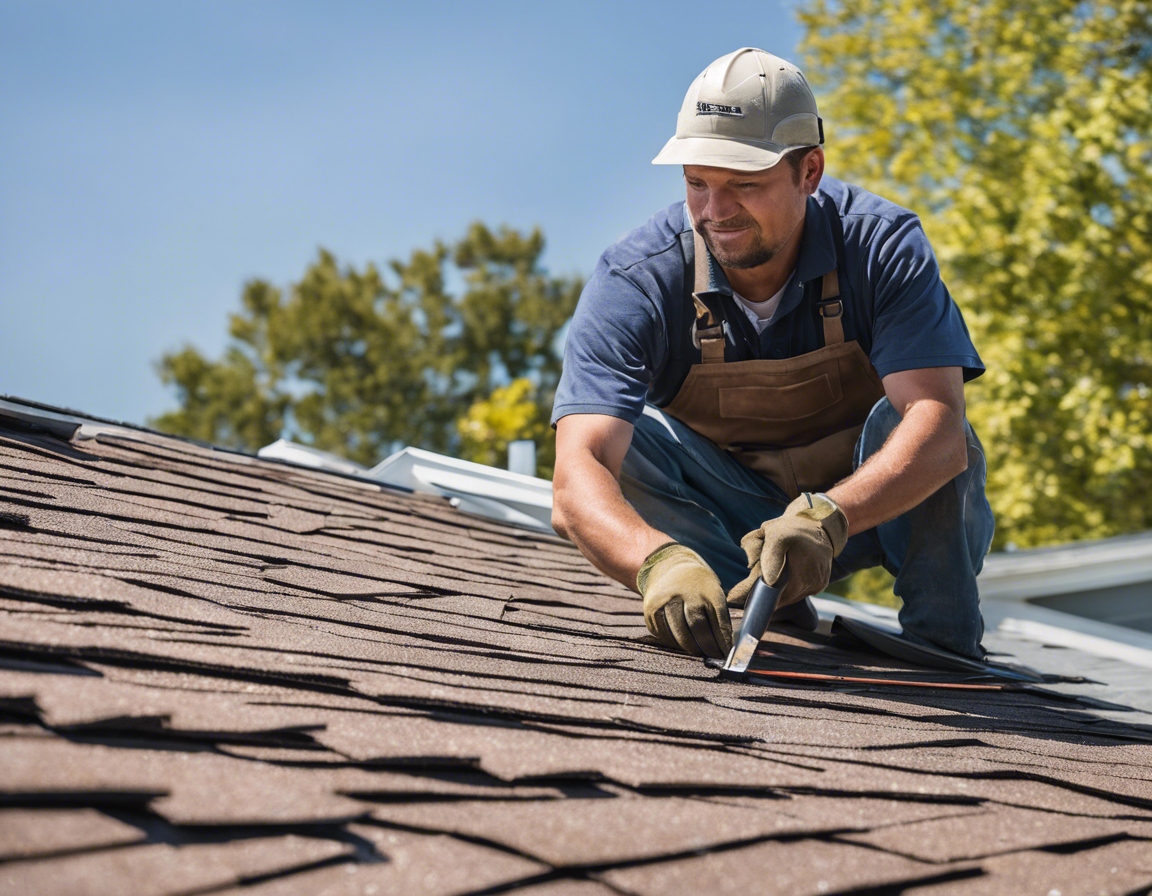Roof repair 101: ensuring longevity and durability
Maintaining the integrity of your roof is crucial for the safety and longevity of your property. Regular roof maintenance not only prevents leaks and structural damage but also extends the life of your roofing system, ensuring that it continues to protect your property for years to come.
Common roofing issues include missing or damaged shingles, leaks, moss and algae growth, and wear and tear around roof fixtures. Early detection and repair of these problems can prevent more extensive and costly damage.
Types of Roofing Materials and Their Lifespans
Asphalt shingles are popular due to their cost-effectiveness and ease of installation. They typically last between 15 to 30 years, depending on the quality and maintenance.
Metal roofing is known for its durability and can last 40 to 70 years. It is resistant to extreme weather conditions and is an eco-friendly option.
Tile and slate roofs are highly durable, with lifespans exceeding 100 years. They are resistant to fire, rot, and pests but require a strong structural support due to their weight.
Flat roofs have different requirements and typically use materials like EPDM, PVC, or TPO. These systems can last 25 to 30 years with proper installation and maintenance.
Steps for Conducting Roof Inspections
A thorough visual inspection from both the exterior and interior can reveal signs of damage or wear. Look for cracked caulk, rust spots on flashing, or shingles that are buckling, curling, or blistering.
Assessing the structure involves checking for sagging and checking the soffit, fascia, and gutter system for deterioration.
Water stains on the ceiling or walls may indicate leaks. It's essential to trace the source and address it promptly to prevent mold and structural issues.
Preventative Maintenance Strategies
Keeping your roof clean from debris and removing any moss or algae buildup can significantly prevent damage.
Overhanging branches can scrape against roofing materials and deposit debris, leading to damage over time. Trimming these branches can mitigate this risk.
Clogged gutters can cause water to back up and damage roofing materials. Regular cleaning and maintenance of gutters are essential for roof health.
Professional Roof Repair Techniques
Small areas of damage can often be repaired by patching and sealing, which can extend the life of your roof.
Replacing damaged shingles or tiles promptly can prevent water infiltration and protect the underlying roof structure.
Structural damage may require more extensive repairs or reinforcement. It's crucial to address these issues quickly to maintain the roof's integrity.
When to Consider a Roof Replacement
As roofs age, they become more susceptible to damage. If your roof is nearing the end of its expected lifespan, it may be time to consider a replacement.
If the damage is widespread or the cost of repairs approaches the cost of a new roof, replacement may be the more economical option.
Conducting a cost-benefit analysis with a professional can help you decide whether to repair or replace your roof.
Choosing the Right Roofing Contractor
When selecting a roofing contractor, look for qualifications, experience, and a track record of quality workmanship.
Ensure that the contractor offers a warranty on their work and carries the appropriate insurance to protect your property during the repair or replacement process.
Customer reviews and testimonials can provide insight into the contractor's reliability and quality of service. Choose a contractor with a strong reputation for excellence.





Comments (0)